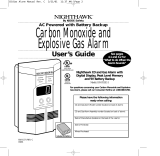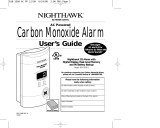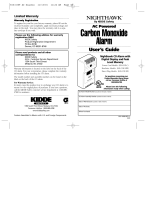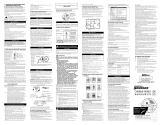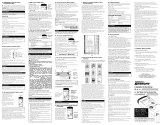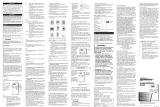
o Check the clothes dryer vent opening. Lint may block proper venting outside
the house.
What do I do if my carbon monoxide alarm goes off?
Never ignore an alarm! It is very possible that you won’t be experiencing
symptoms of CO poisoning when the alarm sounds. That doesn’t mean there is
no carbon monoxide present. The alarm is designed to go off before you feel
sick, so you have time to react and take action.
Don’t panic. Press the Mute Button to temporarily quiet the alarm, then call 911
or the Fire Department. Immediately move everyone to a source of fresh air.
Moving outside is the safest solution.
Leave the CO alarm where it is (The emergency responders will want to check it
when they arrive). Do not re-enter your home until the emergency responder has
arrived, your home is aired out, and your CO alarm returns to normal operation.
Have the problem corrected as soon as possible. Keep your home well ventilated
until the problem has been fixed.
In some cases, problems can occur even if all appliances are working
properly:
o If appliances, flues and chimneys are confirmed to be in good working
order, the source of carbon monoxide may be from backdrafting. This
condition exists primarily in newer, more energy efficient, “airtight” homes.
Flue gases normally vent to the outside through flues and chimneys. As
temperatures drop at night, air pressure inside an airtight home may
become lower than outside, causing flue gases that normally exit the house
to turn around and flow back down the pipes.
o Inadequate air supply in a room where two or more combustion-driven
appliances share the same air source, such as a water heater and furnace
in a utility closet, can create a more complicated form of backdrafting called
reverse stacking. This occurs when one appliance turns on, such as the
furnace, and is unable to get adequate fresh air. When the furnace
operates, it draws contaminated air from the water heater exhaust, and
spreads polluted air throughout the house.
o A broken thermostat can keep the furnace running continuously, depleting
the oxygen supply inside the house. This may lead to backdrafting.
o In multiple family dwellings like apartments or townhouses, where living
spaces share walls and pipes, carbon monoxide from one unit may go into a
neighboring space through floorboards, cracks, or underneath doors.





